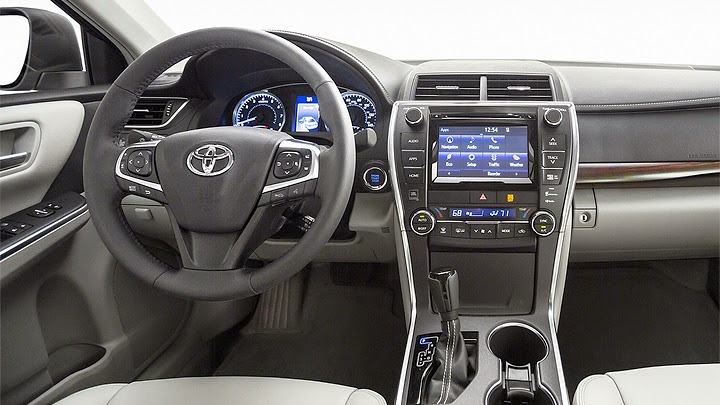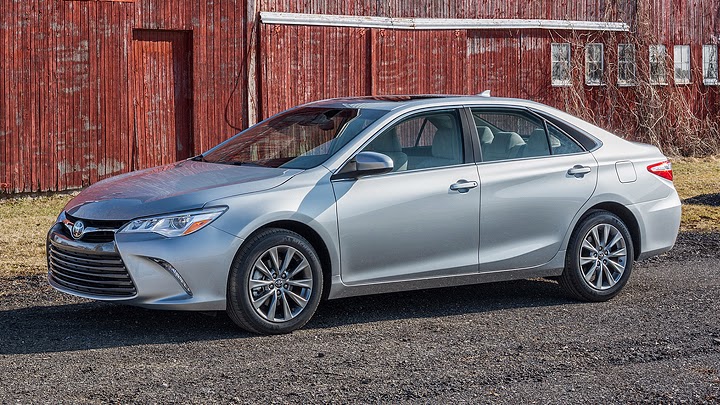
The top priorities of a family sedan include comfortable and roomy cabin, reliable construction and a reasonable price. Many people could give many examples of other aspects to add to that formula, even those who aren’t car fans, but it would be like wanting a doctor to design a bridge. A lawyer to celebrate a Mass. Or an engineer to prepare a bouillabaisse, to keep it short with the possibilities. Just like people need to specialize on a particular career path, in order to work sufficiently well, each car needs to concentrate on a single kind of customer. There are some deviations which are very enjoyable, like off-road hatchbacks or high-performance SUVs, but none of them are deep enough as to change the vehicle’s original focus.
Camry’s problem, on the other hand, was not presenting any of such changes. While its direct competitors invest on aggressive looks, sophisticated image and/or sporty versions, Toyota kept selling an excessively bland sedan, which seemed the perfect match for those who couldn’t care less about cars. We’re still referring to nothing but the best-selling car in North America, but it’s also true that it would be only a matter of time for some other car to join the best of both worlds. So, instead of resting on an unstable leadership, the Japanese automaker decided to act quickly and take Camry much closer of such omnipotence. If you compare it to its previous iterations, you won’t take long to agree with Toyota on the facelifted sedan being “the sportiest Camry yet”.










For a half-life facelift, Toyota’s efforts turned out pretty extensive. The entirely-redesigned sheetmetal starts its features with a much bigger grille, whose upper and lower portions are visually connected in two different looks. The biggest news on the sides is a piano-black insert which simulates adding a third window behind the carried-over doors. Even though it’s hard for a car enthusiast not to notice it, the truth is it does make the entire window set look longer, which is great for a large car both because it looks more elegant and because it creates distance from the new Corolla’s design. The rear toned the sportiness down by adding the typical chrome bar, but the tail lights got as interesting as the front ones: they both dropped the angular shapes in favor of a more solid design.
The interior shows the same level of improvements. The restyled dashboard uses a 4.2” touchscreen, received a series of sound-deadening measures and added the typical array of connectivity, entertaniment and information functions. Toyota also retuned suspension and electric power steering, which aids to a sportier feel, made some upgrades on chassis stiffening, and adopted a two-stage booster for the braking system. The regular Camry added an even sportier XSE trim, while the successful SE was extended to the hybrid brother. However, since it’s still a family car, the powertrain wasn’t changed: the standard 2.5L engine can be upgraded for a 3.5L V6 or changed by the hybrid duo. There’s a six-speed automatic transmission for the first two and CVT for the latter.